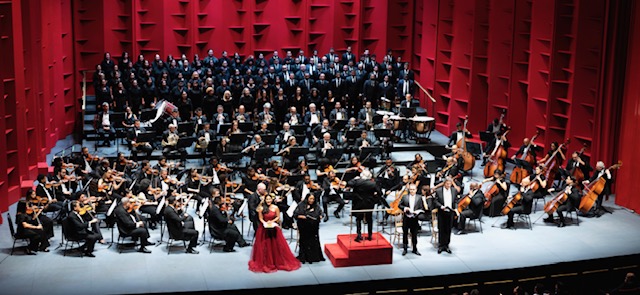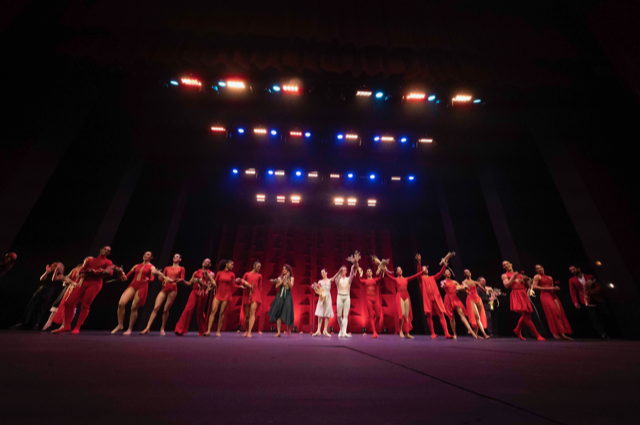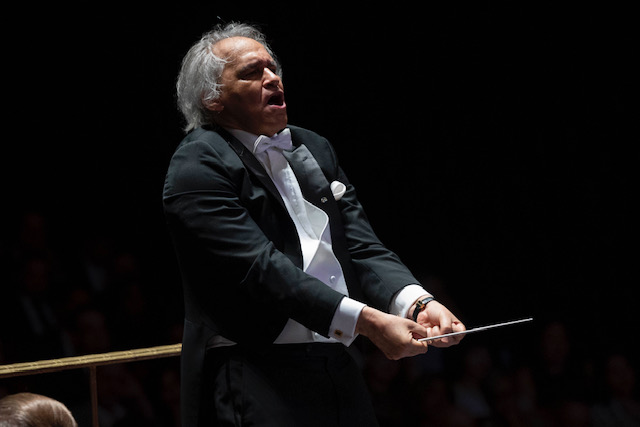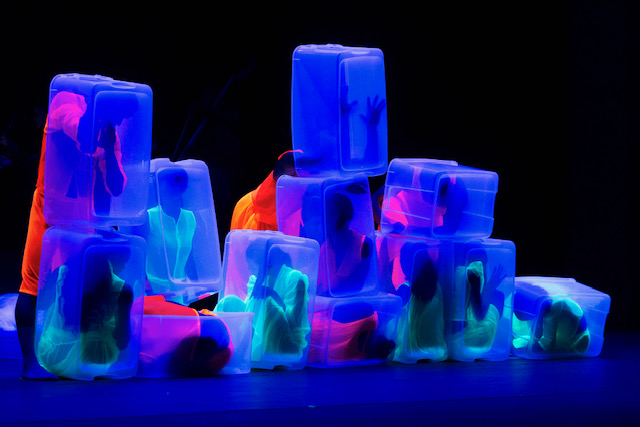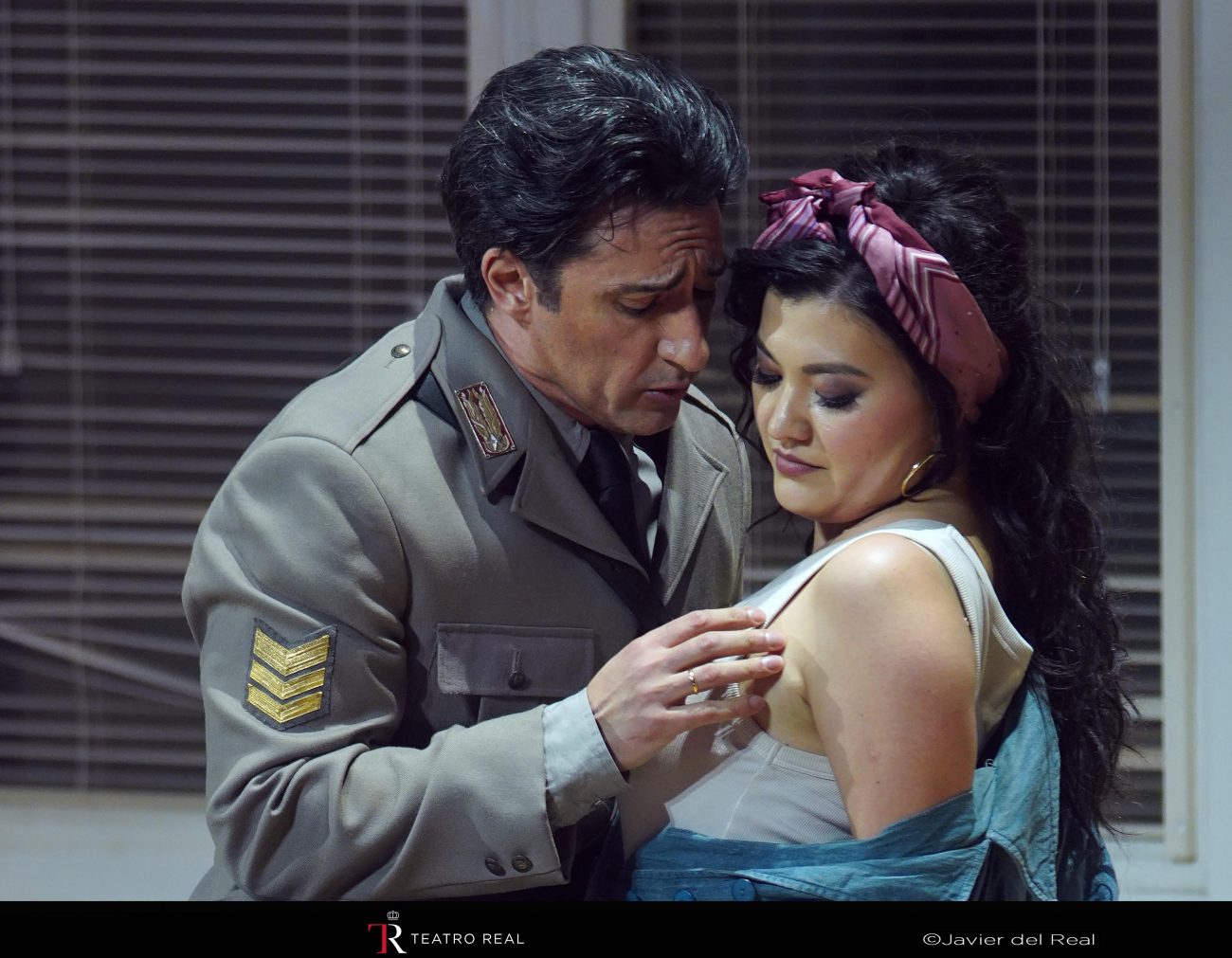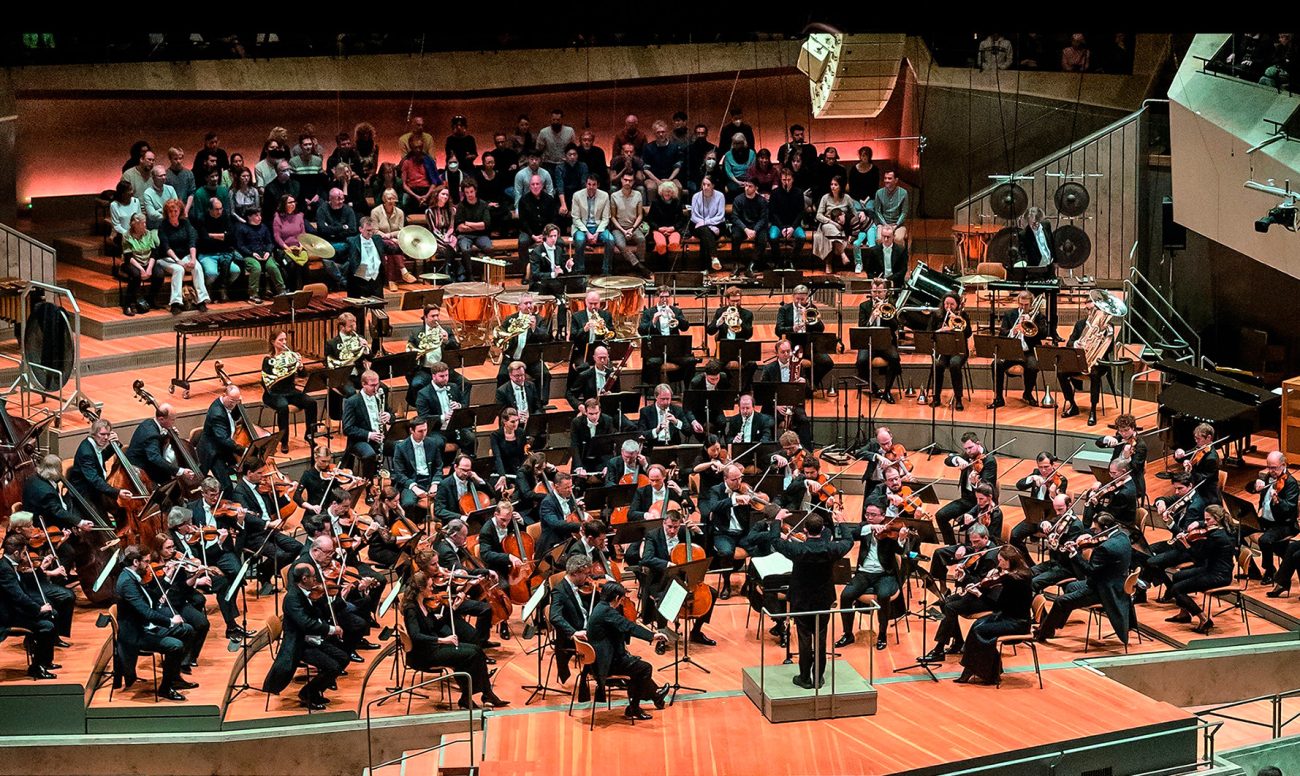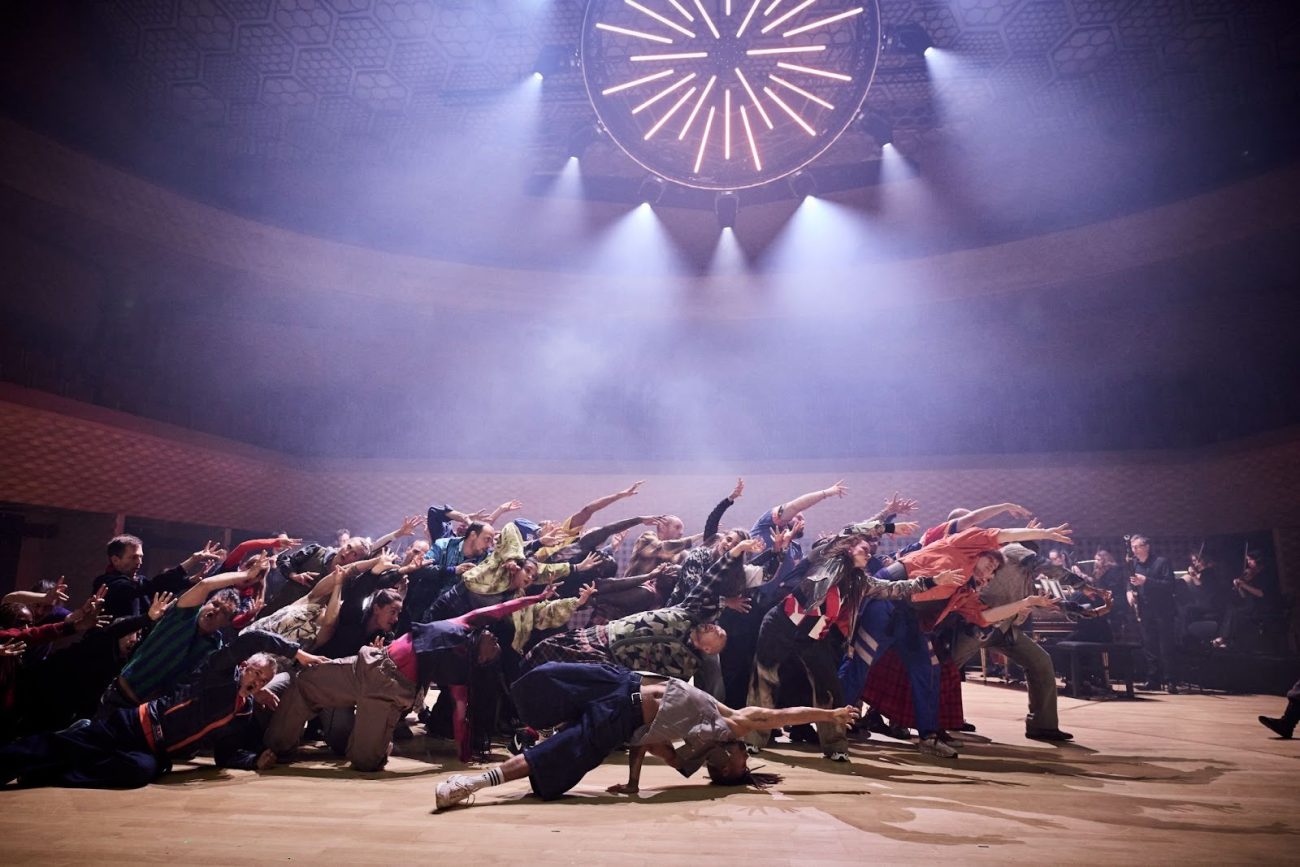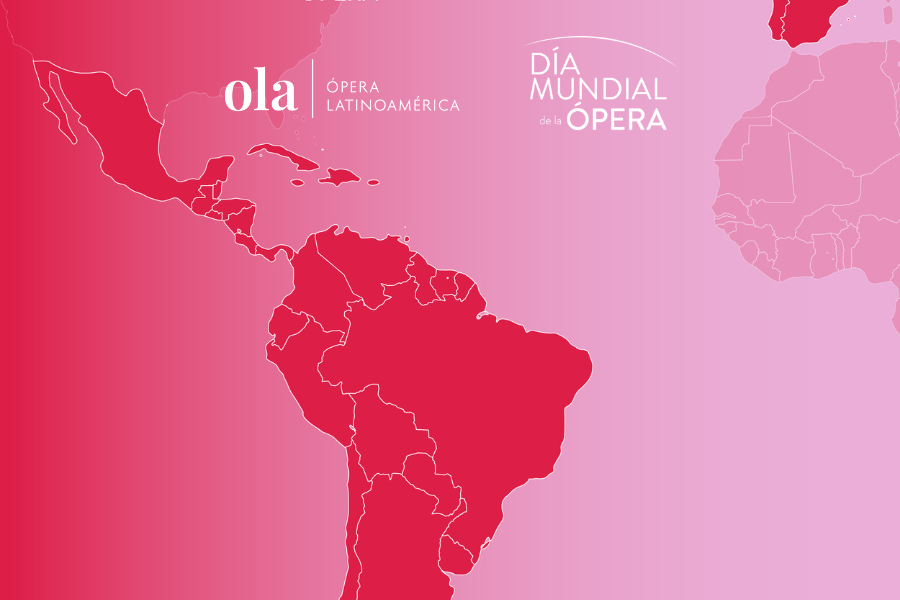El Teatro Nacional Eduardo Brito (República Dominicana) se incorpora a OLA
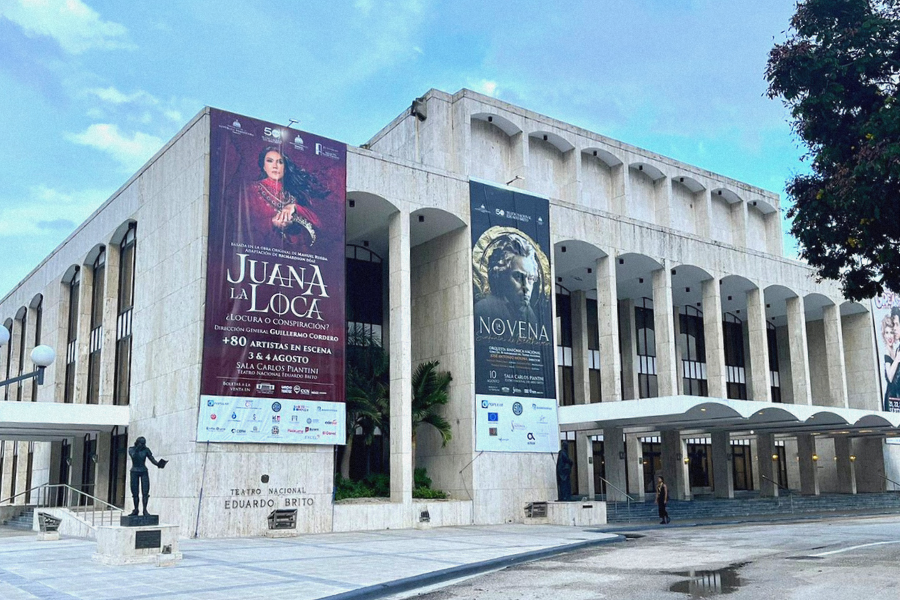
Inaugurado en 1973, el Teatro Nacional Eduardo Brito acoge los más variados espectáculos en Santo Domingo, capital de República Dominicana. Además, es el primer teatro caribeño en incorporarse a la red de Ópera Latinoamérica.
Habiendo celebrado recientemente su 50° aniversario, el Teatro Nacional Eduardo Brito, emplazado en la capital de República Dominicana, Santo Domingo, es el primer teatro caribeño en incorporarse a la red de Ópera Latinoamérica. La institución fue precedida por el Teatro Nacional de Santo Domingo y hoy es sede de temporadas sinfónicas y del Festival Internacional y Nacional de Teatro, entre otros espectáculos también líricos.
“Como director considero que nuestra misión debe ser buscar el balance original de los principios para lo que fue creado este gran teatro y para evolucionar siguiendo las necesidades de las audiencias acorde los tiempos y circunstancias sociales. Es importante estar en contacto con Latinoamérica”, señala en esta entrevista el director general del Teatro Nacional Eduardo Brito, Carlos Veitía, quien además ahonda en el sistema de funcionamiento del teatro, sus temporadas artísticas y las razones de su incorporación a Ópera Latinoamérica.
¿Por qué el Teatro Nacional Eduardo Brito decidió unirse a Ópera Latinoamérica?
Nos unimos a Ópera Latinoamérica por la razón de que el Teatro Nacional de República Dominicana fue creado para la difusión y profesionalización de las artes escénicas y musicales hace ya 50 años.
Originalmente la función y misión de la sociedad y del gobierno en los inicios del Teatro Nacional Eduardo Brito era traer a las instituciones y compañías más reconocidas de ópera, ballet, danza de diversos géneros y teatro, y así ocurrió durante la primera década de existencia de la institución. Luego se incluyó dar cabida a lo más excelso del género popular de la Republica Dominicana.
Las óperas fueron realizadas durante décadas por las direcciones del mismo teatro con talento local e internacional. Asimismo, festivales de teatro internacionales y el famoso Festival de Música de Santo Domingo.
De hecho, el Teatro Nacional Eduardo Brito impulsó el compromiso de profesionalización del ballet y de otras manifestaciones de arte escénico.
A la existencia del Teatro Nacional Eduardo Brito le precede Bellas Artes, un palacio construido décadas anteriores donde se agrupaba la Orquesta Sinfónica Nacional, la Compañía Nacional de Teatro, el Coro Nacional, y posteriormente el Ballet Folclórico y el Ballet Clásico Nacional, todos de carácter oficial.
Sin embargo, el desarrollo de algunas de estas instituciones y su fundación ocurrieron posterior a la creación del Teatro Nacional donde se desarrollaron con la responsabilidad de la superación y standard que exigía un centro de esa magnitud.
La visita de Alejandra Martí como invitada de la Fundación Sinfonía, incentivó la decisión de unirnos a OLA conscientes de que, aunque en la actualidad no contamos con una temporada fija de ópera como lo hacemos como con una de la Sinfónica o de Ballet y teatro, está en nuestros planes conjuntos con colaboradores y fundaciones aliadas, recuperar la ópera lírica como parte de nuestra oferta de programación. La producción de espectáculos de este género sigue siendo esporádica en República Dominicana.
¿Qué lugar tiene este espacio en la vida cultural y el panorama artístico general de República Dominicana?
El Teatro Nacional Eduardo Brito produce un número limitado de proyectos porque la entrada económica más significativa la crean productores privados que alquilan las salas para artistas internacionales y nacionales. La dirección del Teatro Nacional Eduardo Brito ha destinado épocas y fechas específicas para sus producciones y es importante aclarar que no ha sido costumbre de las direcciones el ejercicio y misión de financiar o planificar temporadas, esto ha sido la decisión de algunas administraciones, no de todas. Cabe destacar que nuestra programación está a tope desde prácticamente dos años de antelación.
Esta circunstancia que tenemos de intermitencia en cuanto a un board de apoyo es resultado de los cambios de gobierno (somos dependencia del Ministerio de Cultura y gubernamentales), obedece a la necesidad de respetar y mantener fundaciones constantemente que busquen fondos para proyectos artísticos y de otra índole.
El Teatro Nacional Eduardo Brito ha contado con un patronato desde hace décadas y ha servido para diversos fines, pero la de producir no ha sido prioridad. El Teatro Nacional Eduardo Brito ha tenido dos fundaciones, una de ellas vigente y un voluntariado que está en proceso de formación. No obstante, este año del quincuagésimo aniversario ha sido probablemente el que más producciones ha tenido la institución bajo su responsabilidad.
El Festival Nacional de Ballet, la puesta en escena de la obra teatral Juana la Loca… ¿locura o conspiración?, la Novena Sinfonía de Beethoven y El Cascanueces, ya una tradición.
Las temporadas sinfónicas tienen su sede en el Teatro Nacional Eduardo Brito, el Festival Internacional y Nacional de Teatro comparten sus puestas en escena con otros teatros del país y el Festival Van Cliburn que se celebra bianual tienen su sede en nuestra sala Carlos Piantini. De este evento recibió el Teatro Nacional Eduardo Brito recientemente la donación de un Grand Piano Steinway and Sons. Tenemos varios pianos en existencia y en constante mantenimiento.
Por último, como director considero que nuestra misión debe ser buscar el balance original de los principios para lo que fue creado este gran teatro y para evolucionar siguiendo las necesidades de las audiencias acorde los tiempos y circunstancias sociales. Es importante estar en contacto con Latinoamérica.
El teatro le debe su nombre al barítono dominicano de fama internacional, Eduardo Brito. ¿Cómo persiste la memoria histórica en la actividad del Teatro Nacional Eduardo Brito? ¿Realizan homenajes a personajes de la lírica dominicana? ¿Tienen un centro de documentación o archivo histórico del teatro? ¿Cómo traspasan esa memoria a los públicos?
El Teatro Nacional Eduardo Brito fue inaugurado en 1973 bajo el nombre de Teatro Nacional de Santo Domingo. No fue hasta unas décadas más tarde que fue rebautizado con el nombre del famoso barítono Eduardo Brito.
Existe un busto en el lobby central, una placa conmemorativa y actualmente en nuestro website en proceso de actualización, estamos ampliando la historia ya publicada del Teatro Nacional Eduardo Brito incluyendo el capítulo de Brito.
Los tours de visitantes y estudiantes que son guiados por nuestro personal incluyen la información.
Debo decir que desde que asumí el cargo de director general y artístico he evidenciado la necesidad enorme de crear no solo más información en nuestras galerías de la danza, el teatro, música, lírica que exhibimos en nuestros halls, sino en la ampliación y readecuación de áreas de estudios de ensayo. Hemos a la fecha remozado uno de danza y otro de drama que estaban en estado de necesidad. Actualmente hay planes de construir un multiuso tipo black box. La Orquesta Sinfónica Nacional cuenta con otro estudio de gran capacidad en el tercer nivel del edificio. Teatro Nacional Eduardo Brito tiene todavía áreas enormes subutilizadas. Durante los cursos de capacitación cultural que ofrecemos gratis se incluye un conversatorio sobre Brito.
¿Cómo se acercan a los diferentes públicos de la comunidad? ¿Tienen proyectos específicos de formación, educación, difusión, innovación, etcétera?
En todas las producciones del Teatro Nacional Eduardo Brito hay ensayos generales abiertos a liceos públicos, colegios, universidades, y estudiantes. La Fundación Amigos del Teatro Nacional Eduardo Brito, la Fundación Por la Música, artistas dominicanos de carrera en el extranjero, ofrecen cursos y talleres gratis en la sala Aida Bonelly de Diaz (exdirectora y pianista).
En la sala Ravelo (compositor nacional) los hacedores de teatro tienen un escenario a costo mínimo o gratis para poner las obras que por calidad el Ministerio de Cultura y el Teatro Nacional Eduardo Brito escogen. Las convocatorias a las audiencias las hacen las fundaciones, Cultura, y el Teatro Nacional Eduardo Brito.
¿Cómo se proyecta la programación lírica del Teatro Nacional Eduardo Brito para este 2024? ¿Qué producciones o actividades líricas puedes destacar?
Junto con el productor Fidel López y la Fundación Sinfonía pondremos Tosca en escena durante el mes de julio 2024.


